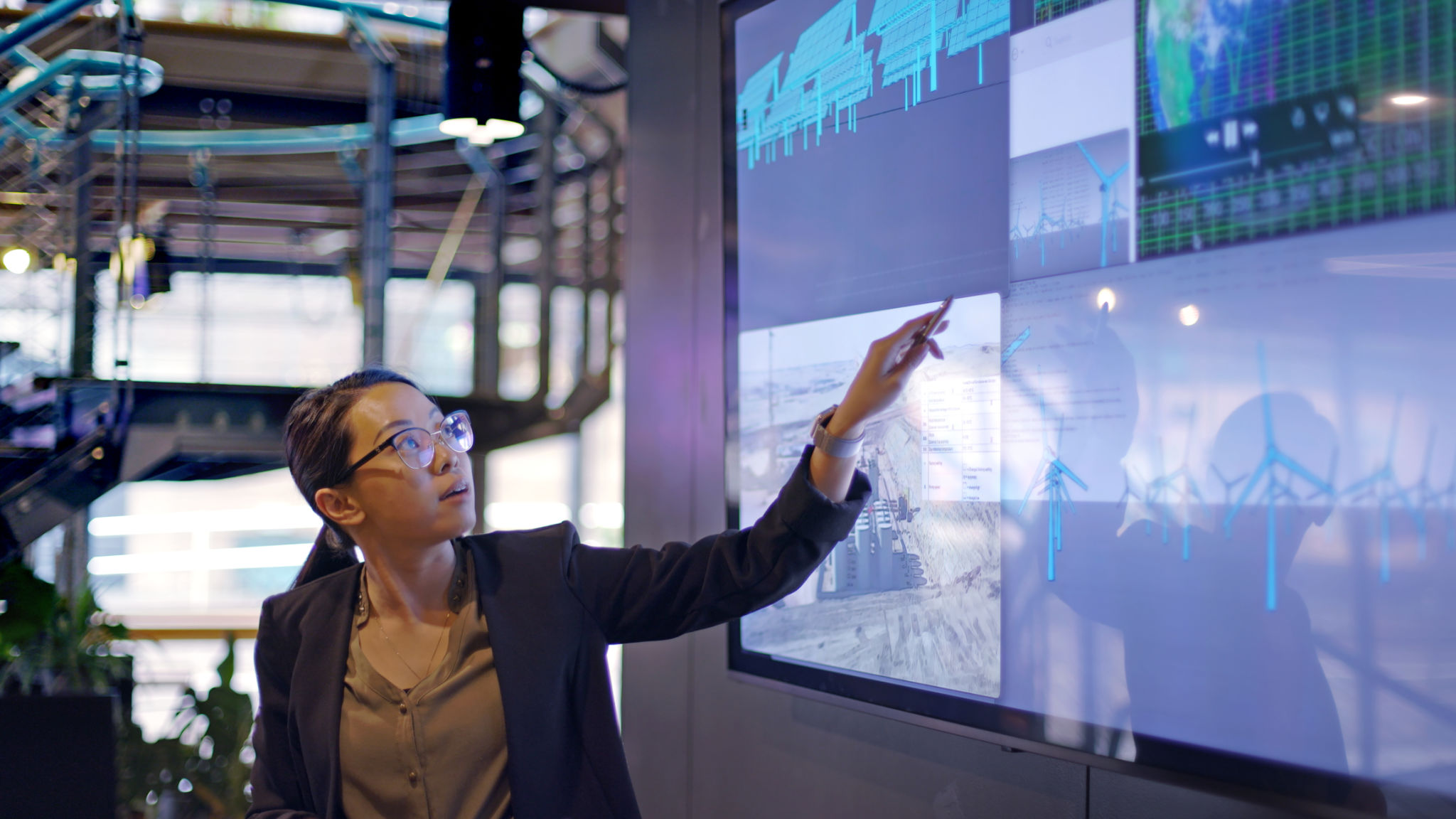Understanding the Trends in Digital Multimedia Arts
The Evolution of Digital Multimedia Arts
Digital multimedia arts have rapidly transformed over the past few decades, evolving from simple graphics to complex, interactive experiences. This progression has been driven by technological advancements, changing consumer preferences, and the growing intersection of art and technology. As we explore the trends in this dynamic field, it is crucial to understand the factors that are shaping its future.

Integration of Augmented Reality and Virtual Reality
One of the most significant trends in digital multimedia arts is the integration of augmented reality (AR) and virtual reality (VR). These technologies provide artists with new platforms to create immersive and interactive experiences. With AR and VR, users can engage with art in entirely new ways, breaking the boundaries of traditional media. This trend is particularly prevalent in industries such as gaming, education, and entertainment, where these technologies enhance user engagement and interactivity.
Artists are now exploring these platforms to craft virtual environments where users can interact with digital elements in real-time. This not only enhances the storytelling aspect of art but also allows for a personalized experience that resonates with each viewer uniquely.
The Rise of Artificial Intelligence in Art Creation
Artificial intelligence (AI) is playing an increasingly pivotal role in the creation of digital multimedia arts. AI-powered tools and algorithms enable artists to generate complex visuals and designs that would be challenging to produce manually. These tools can analyze vast amounts of data to identify patterns and suggest design elements, allowing artists to focus on creative ideation rather than technical execution.

Furthermore, AI can assist in automating repetitive tasks, freeing up time for artists to experiment with new concepts and push creative boundaries. This collaboration between human creativity and machine efficiency is opening new avenues for artistic expression.
Embracing Interactivity and User Engagement
The trend towards interactivity in digital multimedia arts highlights the shift from passive consumption to active participation. Interactive artworks invite users to become co-creators, influencing the outcome through their interactions. This engagement transforms the audience's role from observer to participant, creating a deeper connection with the artwork.
Interactive installations, digital exhibitions, and online platforms are being designed to foster this participatory culture. They encourage viewers to contribute their interpretations and experiences, making art more accessible and inclusive.

Sustainability and Eco-Conscious Art Practices
In recent years, sustainability has become a crucial consideration in digital multimedia arts. Artists are increasingly conscious of their ecological footprint and are exploring sustainable practices in their work. This includes using eco-friendly materials, optimizing digital processes to reduce energy consumption, and creating artwork that raises awareness about environmental issues.
The Influence of Social Media and Digital Platforms
Social media and digital platforms have revolutionized how art is shared and consumed. Artists now have unprecedented access to global audiences, allowing for greater exposure and collaboration opportunities. Platforms like Instagram, TikTok, and YouTube have become essential tools for artists to showcase their work, engage with fans, and build a community around their art.
These platforms also serve as a source of inspiration for artists, providing insights into emerging trends and audience preferences. As a result, digital multimedia arts continue to evolve in response to the fast-paced nature of social media culture.
Conclusion
Understanding the trends in digital multimedia arts is essential for artists, creators, and consumers alike. The integration of new technologies, emphasis on interactivity, commitment to sustainability, and influence of social media are all shaping the future of this vibrant field. As we continue to explore these trends, we can anticipate even more innovative and immersive artistic experiences that challenge our perceptions and inspire new ways of thinking.